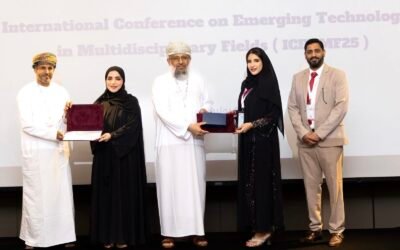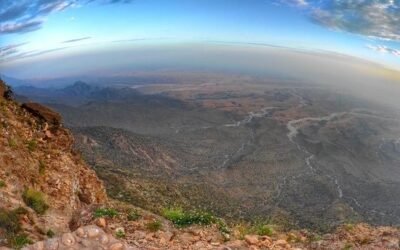The ministry divided its plan for zero carbon neutrality into 3 stages: the first stage (reducing emissions by 3 percent by 2030), the second stage (reducing emissions by 34 percent by 2040), and the third stage (reducing emissions by 100 percent by 2050).
In all of these stages, there are projects and targets for different groups. In the first stage, the ministry seeks to reach 7,000 electric cars, or 35 percent of the new light vehicles, and reduce emissions by 40 percent from heavy equipment using dual combustion technology, which was developed locally by 100 percent, in addition to the use of biofuels in public transport, and work is underway to convert some equipment in ports to environmentally friendly equipment that uses electricity energy.
In the second phase, the ministry aims to reach more than 22,000 new electric cars by 2040, which constitutes 65 percent of the new vehicles. The ministry is also working to determine the operating age of public transport vehicles in a way that contributes to reducing emissions, in addition to establishing a regional center for supplying ships with green fuel, which will constitute a quantum leap in the region, and the development of bus stations and buildings in various sectors to install solar panels that contribute to reducing emissions.
In the third phase, the ministry aims to fully use hydrogen or electricity technologies for trucks and heavy equipment to contribute to reducing emissions by 100 percent, and the new light vehicles will be 100 percent to achieve the target percentage and achieve the declared zero neutrality of the Sultanate of Oman in 2050.
The ministry has worked intensively with its partners in the private sector to strengthen the infrastructure of the Sultanate of Oman and prepare it for electric cars, so that it covers most of the roads. That the ministry has set a requirement for 120 km/h as a minimum for chargers on public roads, as a number of fast chargers have been installed at border posts with a capacity of 120 km/h.




